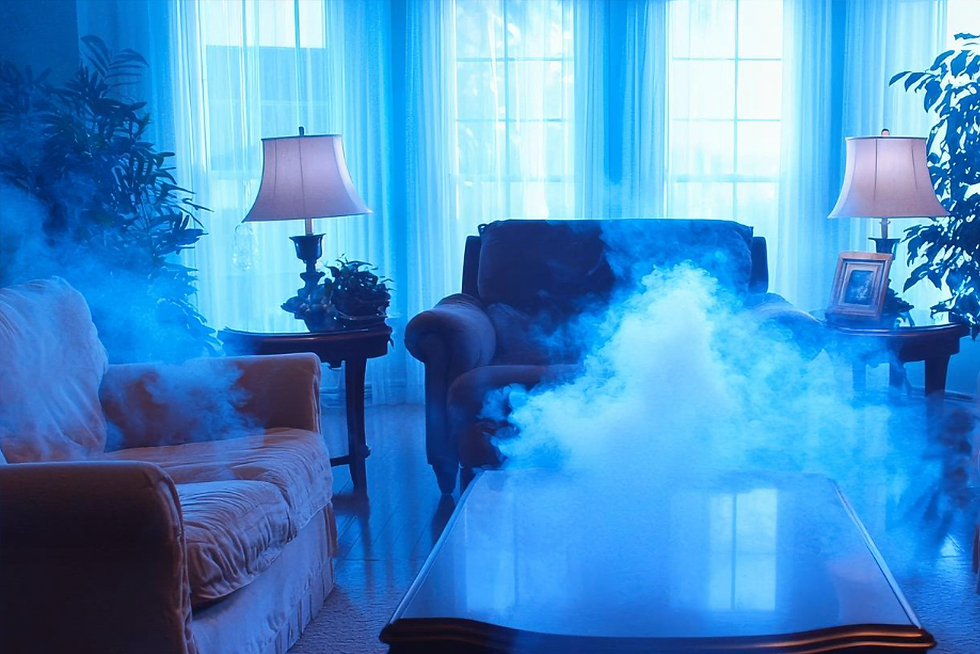Toxic schools: Florida’s aging, leaky schools outstrip dwindling pot of money to fix them
- Corey Provencal

- Nov 13, 2010
- 2 min read
Florida schools resort to triage in fixing aging, leaky buildings October 30, 2010|By Denise-Marie Balona, Orlando Sentinel
Bill Smith sends this warning to Florida’s teachers, students and parents: If you think indoor-air quality in public schools is bad now, just wait a few years.
It could get a lot worse, said Smith, president of the state group representing school-facilities planners.
During the past few years, the Florida Legislature has cut hundreds of millions of dollars for public-school construction and maintenance.
“If you don’t have any money to fix roofs and air-conditioning systems, which are 50 percent of the cause of your air-quality problems, what do you do?” said Smith, facilities director for the Okaloosa County School District. “Where are we going to be in five years?”
As the economy weakened, state lawmakers dipped into school capital budgets to cover other education costs such as teacher salaries. They justified the change by noting that student enrollment had tapered or even dropped in many parts of the state, presumably making it less necessary to build new schools.
But this is the funding that also pays for renovations to older buildings and maintenance projects such as replacing roofs and air-conditioning systems — expensive undertakings that are crucial in the never-ending fight against mold and other indoor-air-quality problems.
Smith points out other factors that require vigilance in keeping school buildings safe: Florida is plagued with hurricanes and high humidity, which breed mold. And about one-quarter of public-school buildings are more than 40 years old.
But cuts in capital budgets have forced districts to postpone many of their bigger projects. Across Florida, renovations also have been put off indefinitely, leaving many districts to do minor repairs on roofs that need replaced.
It also means tinkering with older air conditioners to keep them working — albeit, not always very efficiently — years after the manufacturer recommends they be taken out.
Leaky, humid buildings are perfect places for growing mold, and health experts say children are particularly vulnerable to its potentially harmful effects. Symptoms can range from itchy eyes and runny noses to respiratory infections and difficulty breathing.
In a recent report, the Orlando Sentinel documented thousands of complaints from Central Florida educators, parents and others about mold and other air-quality problems in classrooms, media centers and other school buildings.
• John P. Lapotaire, CIEC • Certified Indoor Environmental Consultant • Microshield Environmental Services, LLC • www.Microshield-ES.com









Comments